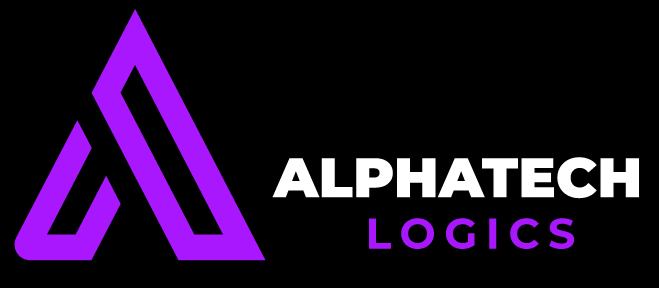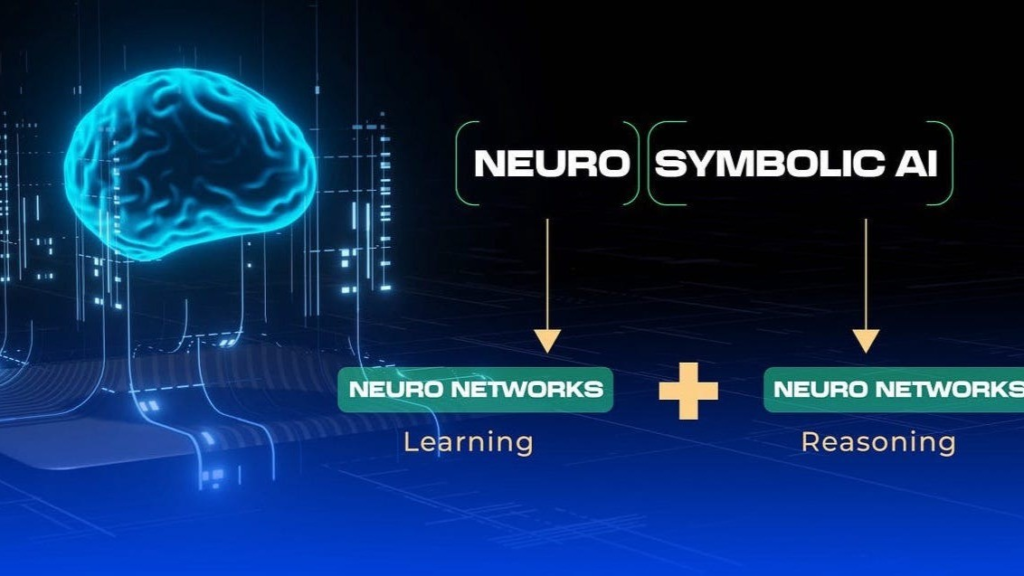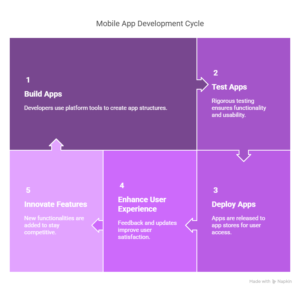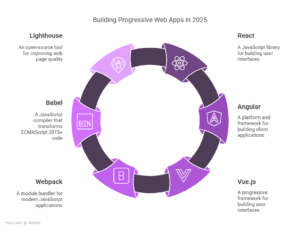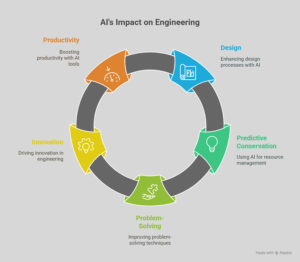Artificial Intelligence has made tremendous progress, particularly with the accelerated advancements in deep learning. From autonomous vehicles to voice assistants, neural networks permeate every aspect of our lives. But although these models excel at identifying patterns in big data sets, they tend to struggle when it comes to reasoning and comprehending structured logic things that humans do intuitively.
That is where Neuro-Symbolic AI steps in. This new paradigm combines the strengths of neural networks (the “neuro”) and symbolic reasoning (the “symbolic”) to develop smarter, more interpretable, and more human-like AI systems.
Break it down.
What Is Neuro-Symbolic AI?
Neuro-Symbolic AI is a hybrid approach that combines:
Deep Learning (like CNNs and transformers) excels at recognizing patterns within raw data like images, text, and sound.
Symbolic AI (e.g., logic rules, knowledge graphs, and semantic reasoning) does well with working on symbols and knowing structured knowledge.
The two approaches together try to solve the problems each one has individually.
Why Neural and Symbolic AI Together?
Here’s a brief way to sum it up:
Neural Networks Symbolic Reasoning
Good at learning from raw data Good at rule-based reasoning
Difficulty with logic, math, and generalization Difficulty with noisy or unstructured data
Generally black-box models (not easily interpreted)
Transparent and interpretable
Need plenty of data to learn
Can benefit from prior knowledge and reasoning
By combining the two, Neuro-Symbolic AI will attempt to get the best of both worlds flexibility and learning ability of neural networks, together with structure and reasoning ability of symbolic AI.
Real-World Examples
Visual Question Answering (VQA)
Neuro-Symbolic systems can look at an image and answer complex questions like, “Is there a red object next to the cat?” by first recognizing objects (neural) and then reasoning about relations (symbolic).
Autonomous Driving
Neural networks recognize road signs, pedestrians, and automobiles. Symbolic systems comprehend traffic rules and make decisions based on logical reasoning.
Medical Diagnosis
Deep learning will identify X-ray abnormalities, while symbolic AI will reason about symptoms, history, and established disease patterns to give more accurate diagnoses.
Benefits of Neuro-Symbolic AI
Explainability: Easier to understand and audit system decisions.
Generalization: Can generalize novel situations based on experience and logical rules.
Data Efficiency: Reduced training data needed when logic and structured knowledge are represented.
Improved Problem Solving: Can handle tasks involving reasoning, planning, or several steps of thought.
Challenges Ahead
Integration Complexity: Difficult to get neural and symbolic components working well together.
Scalability: Symbolic systems get brittle or slow when scaling up.
Learning Symbolic Knowledge: How do we learn to teach logic or extract rules automatically from data?
But science is progressing at a rapid rate. Leaders in the industry, such as IBM, MIT, and DeepMind, are throwing serious amounts of money at it, and already we can witness promising breakthroughs.
The Future of AI Is Hybrid
Neuro-Symbolic AI might just be the key to human-level intelligence computers that identify, yes, but also comprehend and reason. Going forward, combining intuition (neural) with logic (symbolic) might be the blueprint for the next generation of intelligent systems.
If you’re interested in building more intelligent, explainable, and powerful AI, watch this space because Neuro-Symbolic AI is the direction things are headed.

